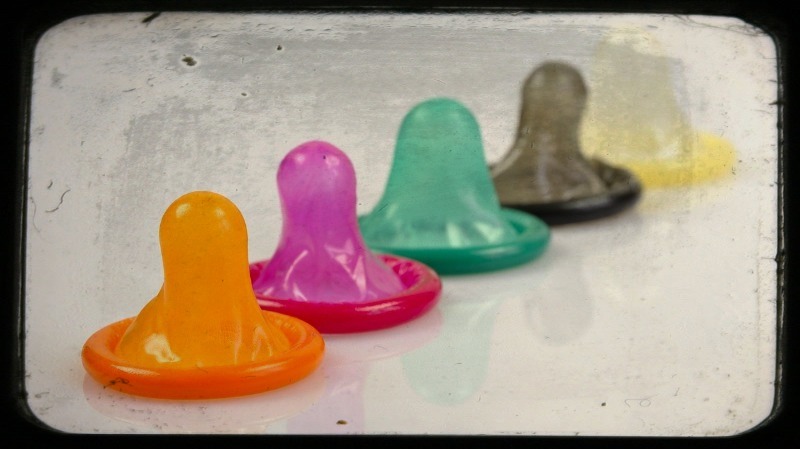 Despite living in a world where we know more about sexual health and our bodies than ever before, there is still knowledge that gets overlooked, but this is (hopefully) set to change.
Despite living in a world where we know more about sexual health and our bodies than ever before, there is still knowledge that gets overlooked, but this is (hopefully) set to change.
Schools are looking into how to make changes to sex education to make sure there aren’t gaping holes in children’s’ knowledge as they grow up. One of the prominent truths that get swept under the rug is the fact that condoms don’t protect against all STIs. If you’re reading this and this is news to you, don’t panic. Knowledge is power! Chappie has got you covered.
Our little latex friend the condom is undoubtedly a preventative measure against contracting an STD – heaven knows I’ve banged on about it endlessly in the past! But, there is indeed a but.
Condoms are 98% effective at protecting against the majority of STIs including chlamydia and gonorrhoea. The bad news is that not all STIs are contracted through semen. Some STIs can be contracted in other ways.
Here are 3 STIs that condoms can’t prevent against:
Herpes
If you frolic with someone who has a herpes lesion on an area of their groin that isn’t tucked away under a condom, herpes can be contracted if your skin comes into contact with the lesion. If you notice you have an outbreak of herpes, take a break from sex until you can get it treated – it’s not something you ideally want to pass on!
HPV
Did you know, HPV is the most common STI? The chances are that if you’re sexually active in life, you will be exposed to HPV at some stage and it can be passed on through skin-to-skin contact. There is indeed solid evidence that condoms reduce the risk of cervical cancer but it is not known if they provide guaranteed protection against ALL strains of HPV. Don’t take the risk until some hard evidence comes to light, my friends!
Syphilis
Syphilis manifests itself as a round and painless sore known as a chancre. So, as in the case of herpes, if your skin comes into contact with a chancre, you are likely to contract syphilis. Using a condom will protect only to an extent, as it depends where the chancre is located.
It’s all logical folks – if you make contact with an area of skin that is housing a symptom of an STI, you will very likely contract one!
This may not be what you wanted to hear and you may well be thinking “well, how do I avoid contracting an STI now if condoms aren’t a guaranteed safety net”? The answer is to get into the habit of getting tested regularly, even if you don’t have any worrisome symptoms.
The NHS recommends that if you’re sexually active under 25, you should be getting tested for chlamydia every year or every time you have a new partner on the scene. Unfortunately, there is a serious lack of volition on the part of health organisations when it comes to encouraging straight men to get regularly tested and people aren’t happy – let’s hope this changes.
For now, though folks, get into the habit of getting tested regularly. You wouldn’t gamble with your dental health check-ups, so why do it with your sexual health check-ups?
That’s all chaps!